Throughout the process of writing and promoting the Medium book to the New Zealand architect / designer audience, I’ve also been looking around at the way we have been building our Medium Density Housing (MDH) in each city I have visited. Most of the MDH I’ve seen has been two-storey housing, probably also two-bedroom capacity, and most of it has been built using fairly standard means. My argument has consistently been that MDH needs to be thought of as a different thing than ordinary Single Family Units (SFU) that are more often than not built one by one from timber framing. It is a different product, that has different advantages and disadvantages, and needs to be designed and built differently, to far better standards than we are using at present.
One of the key advantages of building MDH is the opportunity to build using a greater degree of prefabrication of building parts, as there is often an extraordinarily high degree of repetition. Recent NZ Government changes to the Building Act are now encouraging the use of prefabrication, with the somewhat outdated title of “Modern Means of Construction.” There’s nothing particularly “modern” about them, as they have been around for years, but still, they may well be news to you. In the Medium book we outline potential ways of constructing that all-important Inter-Tenancy Wall (ITW) that has been discussed here so many times. A wall structure that is also sometimes called a Party Wall, or a Fire Wall, an ITW is both of those — and more. It needs to securely hold back fire and smoke and excess heat — and it needs to be so soundproof that you can’t hear the neighbours party either. There are a number of ways to build your ITW, some of which you are already using and other ways that perhaps you should take a close look at. All of them rely on some degree of increasing mass, and providing physical separation.
One of these newer "modern” methods is a really fast and simple system of prefabricated structure — planks of interlocking steel and concrete that simply clip together vertically. KOROK is a supplier of this in Aotearoa and watching it go up makes you wonder why it is not specified more frequently. While the panels are only 250mm in width, they come in two thicknesses of either 51mm or 78mm and are available up to 9.2m long. Lengths of light gauge steel, filled with lightweight concrete, arrive on site and can be simply manhandled into place by a couple of strong people. The panels physically inter-lock into each other, so that a wall can spring up that is in effect a very strong concrete barrier, one that has excellent fire-resisting properties and also great acoustic dampening. Any excess height in the erected panel can be simply cut to length with a concrete blade on your skilly, perhaps at an angle to suit the situation to the underside of the roof.
The concrete panels are not self-supporting though in the townhouse format and still need to be fixed to a wall either side, for support in the case of fire. These walls may be timber or steel stud, and clad with layers of plasterboard to achieve a smooth finish — the actual fire-rating aspect is performed from the central steel/concrete composite planks. The panels span from floor to roof in one continuous sweep in a townhouse situation, or if you are building apartments, then they can span simply from concrete slab floor to concrete slab ceiling. But the speed that these panels can go up is quite spectacular, and there are no wet trades involved, so it can be done cleanly and quickly. Panels simply sit in a steel channel at the base and a light timber wall is built on either side — the whole effect is slim and quick, while fire performance is excellent. Refer to Medium solution 9D for further information in your book, or online at mediumdensity.nz Give yourself some peace of mind, and give your building some highly fireproof longevity.
Medium Quick-Fire Quiz — Be in to Win!
This month's Medium Quick-Fire Quiz is sponsored by KOROK. Enter the draw to win a $150 gift card! Simply answer our questions to enter the draw — entries close 5pm Wednesday 5 July 2023.








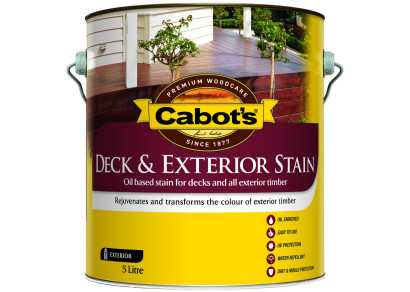




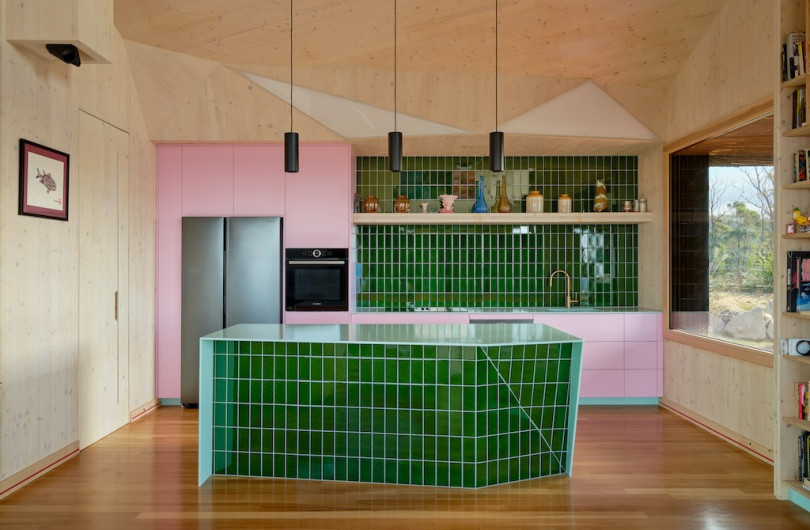
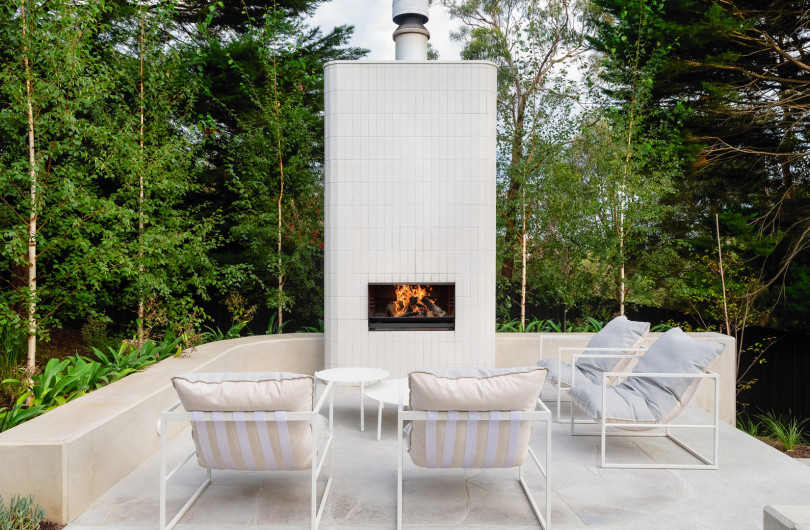




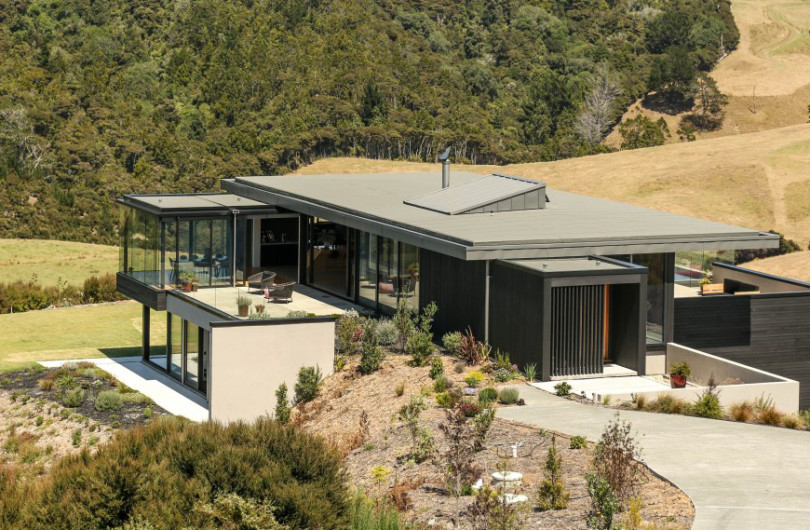




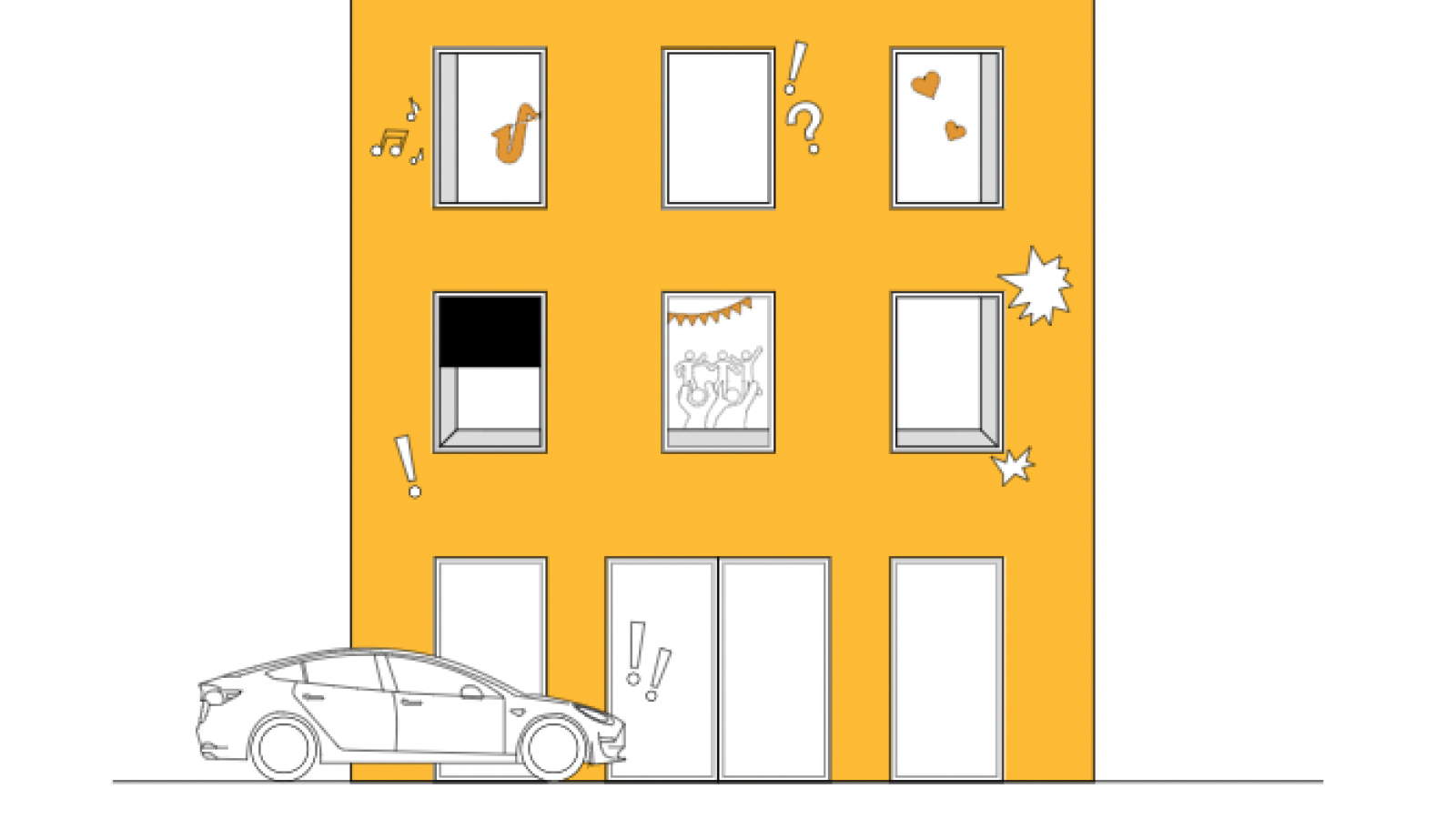



 Most Popular
Most Popular Popular Products
Popular Products



